The better the wine, the harder you try. – Steve Felten of Klinker Brick
Lodi, a vast region located in the midst of San Francisco Bay and Sierra Nevada Mountains, is only an hour and a half away from San Francisco. Astonishingly (considering the proximity) it’s a world away, offering a laid back, friendly, less hurried pace of life.
Lodi AVA is one of the oldest wine growing regions in California. The first winery was established there in 1858 with a handful of vineyards planted in mid-to-late 1800s, that are still in production. Today Lodi accounts for 40% of all California wine produced. Diverse and expansive, the area offers a plethora of options to the inquisitive consumer.
The truth is, everything a wine lover’s heart desires, can be found there.
Creative winemaking
Lodi offers a distinctive duality of historical context combined with resourceful, cutting edge wine craft. One example: rock star winemaker Chad Joseph is making some fabulous wines for a number of clients. He started at Gallo and moved to Lodi in 2001 to pursue micro-production winemaking. Many consulting jobs from the area well-established vintners followed and still keep him very busy. He makes wine for Dancing Coyote, Harney Lane, McConnell Estates, Oak Farm and several others.
Generational Farming
Forth, fifth and even sixths generations of winegrowers are quite common. Family legacy is greatly valued both in terms of generational continuity and as a valuable asset to be passed on to their heirs. The land keeps its stewards humble and vigilant. No one wants to compromise their children and grandchildren’s future.
Old Vineyards
Renegade winemakers Tegan Passalacqua (Turley Wine Cellars) and Morgan Twain-Peterson (Bedrock Wine Co.) acquired vineyards in Lodi for a very good reason. Not only were they able to secure access to ancient vines, but frequently a plethora of unique and exciting varietals, not cultivated elsewhere.
Sustainability
An exciting and prominent fact: Lodi was the first to implement en masse sustainable farming and to ensure unbiased, third-party accredited qualifications program.
“Lodi Rules” is a unique and authoritative certification program that ensures a precise execution of a holistic viticultural approach, focusing on minimal negative impact on the land, as well as environmental protection issues.
This vineyardist group retained “Protected Harvest”—a blue chip national certifier that audits the applicant’s practices. The “Rules” are often used by growers inNapa and Sonoma.
Tourism
Lodi is rife with fantastic spots to visit, anything from a super-casual tasting room in the rear of the barrel cellar to uber-upscale, modern, architecturally remarkable wineries. Make sure you visit the Oak Farm Vineyards, with its Howard Backen-like ambiance. And don’t forget to taste through their great wine portfolio, crafted by Chad Joseph. One of my standouts, 2014 Vapor Trail is awesome. Heady aromatics, spunky, spicy and deeply satisfying it’s chock-full of dark fruit—a zippy Zin with attitude.
Varietal Variety
How about 100 or so varietals, cultivated by 750 growers? Lodi’s wineries undeniably offer consumers a plethora of choices.
From humble beginnings when Lodi grew “Flame Tokay” brought over from Algeria in 1857, the farmers pursued other grapes with gusto.
Lodi’s Mediterranean climate is well-suited for grape growing, so European settlers took full advantage of the optimal conditions. Germans planted obscure varieties such as Bacchus, Dornfelder, Gewürztraminer, Kerner, Riesling and Zweigelt. Italians began cultivating a wide range of their own varieties, such as Aglianco, Barbera, Sangiovese, Teroldego, and Vermentino. Not to be outdone, Spanish grapes such as Albariño, Graciano, Garnacha, Tempranillo, and Verdejo thrive in Lodi soils. Portuguese ones, such as Souzão, Touriga Nacional, Tinta Cão, Tricadeira and Verdelho love to bask in Lodi sunlight.
Craving Rhône? No worries. Lodi has got you covered with Cinsault, Picpoul Blanc, Syrah, Viognier and even Tannat.
What does such a wide range of varietal wines mean? No other AVA has such diversity of experimental plantings, thus ensuring a huge advantage for the consumer. Many wine regions are severely limited due to land costs and challenges posed by soils and climate, not suitable for certain varieties.
Important distinguishing characteristic of Lodi is its unwavering spirit of camaraderie. Settled primarily by Germans & Italians, with both ethnic groups collaborative by nature, who see value in joint efforts, the cooperatives dominated winegrowing landscape.
That is rapidly changing, as the reflection of increasing market demand for boutique wines. Collaborative business model doesn’t naturally lend itself to premium wine production. As a direct result, there were only six vintners in Lodi in 1991. Two decades later, with worldwide recognition of Lodi’s rich viticultural history, this treasure trove of old-vine vineyards, is now home to eighty wineries.
Major milestones in Lodi history and widely acknowledged credit goes to Gallo Family and Robert Mondavi. The Gallos purchased substantial quantities of fruit for their fortified wines. Mondavi’s label Woodbridge supported the livelihood of Lodi farmers for years. Mondavi’s visionary leadership gradually changed the farmer’s perceptions. The evolutionary shift from grape to wine growers forever altered the viticultural landscape.
Lodi’s first runaway stand alone commercial success came in a form of 7 Deadly Zins by Michael David Winery. Robust, fruit forward, voluminous wines came to define Lodi. Nowadays there is a notable push towards more nuanced style, broader stylistic range, well-executed and showcasing the terroir.
After a few days in Lodi I knew I had only scratched the surface. It was immediately apparent that both diversity and quality of the wines merit keen attention. Below are some highlights:
Klinker Brick
The sixth generation grower turned vintner makes killer wines with fruit sourced from decades-old vines (some 85 years, some 120 plus.) I tasted their entire portfolio, all wines were wonderful, a couple knocked my socks off. Their Zins are textbook Lodi at its very finest, hedonistic and opulent, yet perfectly balanced. Old Ghost is a stunner, everything a great Zinfandel ought to deliver, and much more.
And then there was a Syrah…while the rest of the world, save a rare exception, is struggling with the category, Klinker Brick gets it done. Meticulously farmed vineyard cropped at a miniscule tonnage per acre yielded pure magic. Proprietor Steve Felten and daughter Farah crafted her namesake Syrah that made my heart skip a beat. Or ten.
The fruit going into Farah Syrah Grand Reserve is sourced from two chosen rows in the vineyard. A symphony of black and blue fruit that doesn’t stop, supported by a monumental structurural acidity, leading to a thunderous 60 plus seconds finish. Commanding presence, colossal power and concentration, apogee for the senses. This ode to the varietal prowess is near impossible to obtain, with the production of mere few dozen cases. If you get your hands on it, let me know. I’ll be right over.
Lodi Natives
Each vintage a group of half dozen winemakers and growers craft six wines from heritage grapes using minimalist vineyard and stringent cellar protocols, such as native yeast fermentation, zero new oak, no tannins added, no fining or filtration, etc., in order not to mask the varietal transparency.
I tasted wines from all six partnerships:
Marian’s Vineyard – Winemaker Stuart Spencer, Growers Jerry & Bruce Fry Schmiedt Ranch – Winemaker Tim Holdener, Grower Ross Schmiedt
Soucie Vineyard – Winemaker Layne Montgomery, Grower Kevin Soucie
Stampede Vineyard – Winemaker Ryan Sherman, Growers Jeff & John Perlegos
Trulux Vineyard – Winemaker Michael McCay, Grower Keith Watts
Wegat Vineyard – Winemaker Chad Joseph, Grower Todd Maley
The wines are made in 3-5 barrel quantities and are well worth acquiring. As varied as their makers and the land they originated from, they exude integrity and authenticity.
Another spectacular sampling came from Harney Lane Vineyards. Kyle and Jorja Lerner’s family has been farming since 1900s. They sold fruit to Mondavi, Ravenswood, Rosenblum, and other notable producers for decades when the winemaking fervor hit. Intimate vineyard knowledge, generational farming wisdom and humble, inquiring approach makes for a great partnership with the land. The wines reflect this mantra. I was particularly taken with Lizzy James Vineyard Zin, made from fruit harvested from 111-year-old vines. Gorgeous red, black and blue fruit, just a touch of clove and baking spice. Big, yet not overpowering, it boasts 40 second finish.
I also enjoyed Fields Family straightforward, charming offerings. Inspired by his Napa counterparts, the venerable Aaron Pott and Cathy Corison, winemaker Ryan Sherman crafts 100% appellated wines. He practices the “ABC” (Always Be Curious) philosophy and learns from vines and barrels daily. Sherman is a fan of carbonic maceration and native ferments, allowing him to craft wines of pure varietal character.
Conclusion: on your next trip, land in Lodi and hit a mother lode, like me. Cheers!

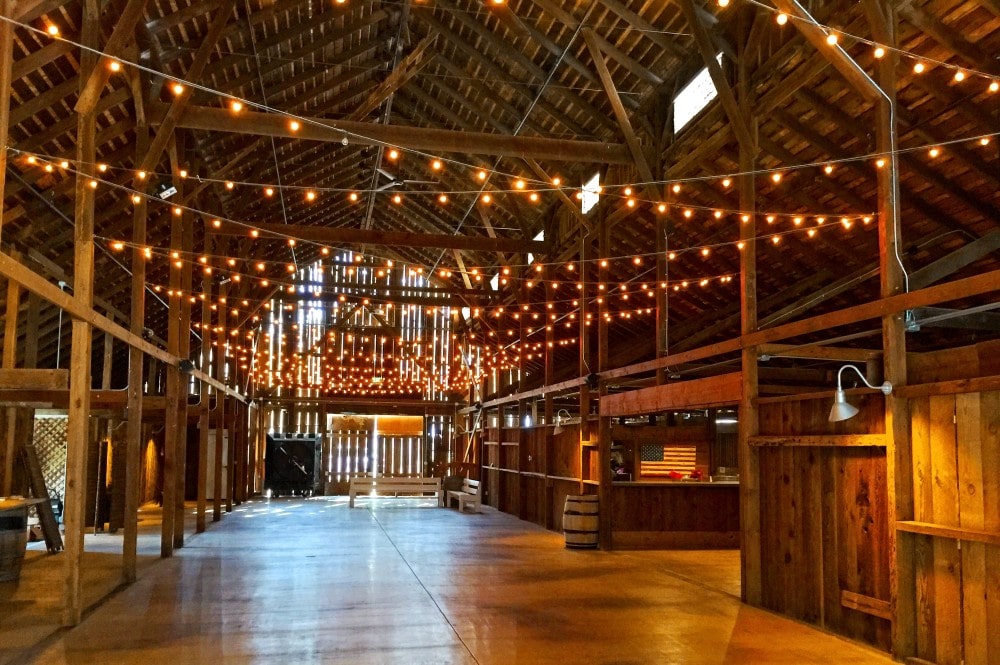

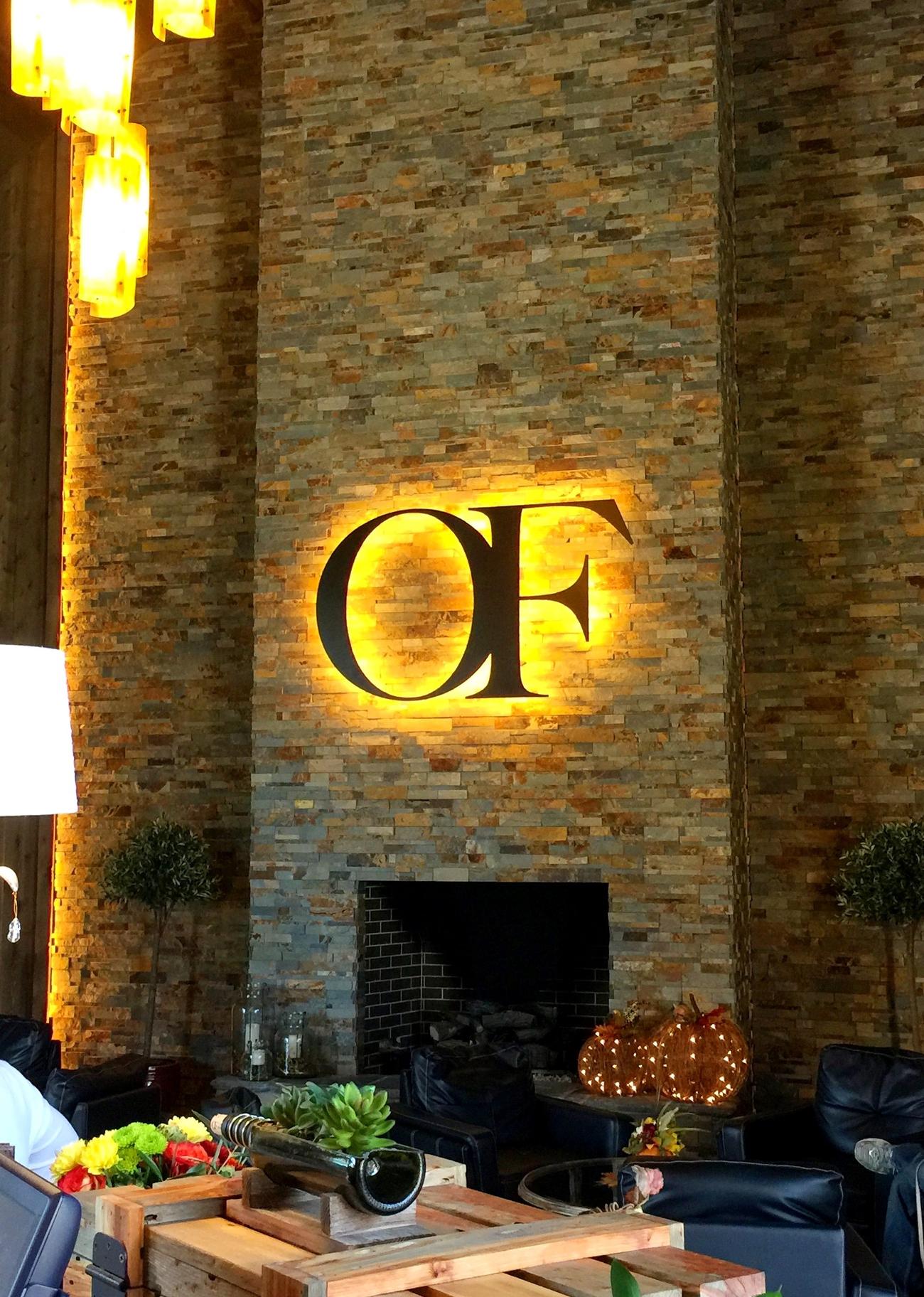
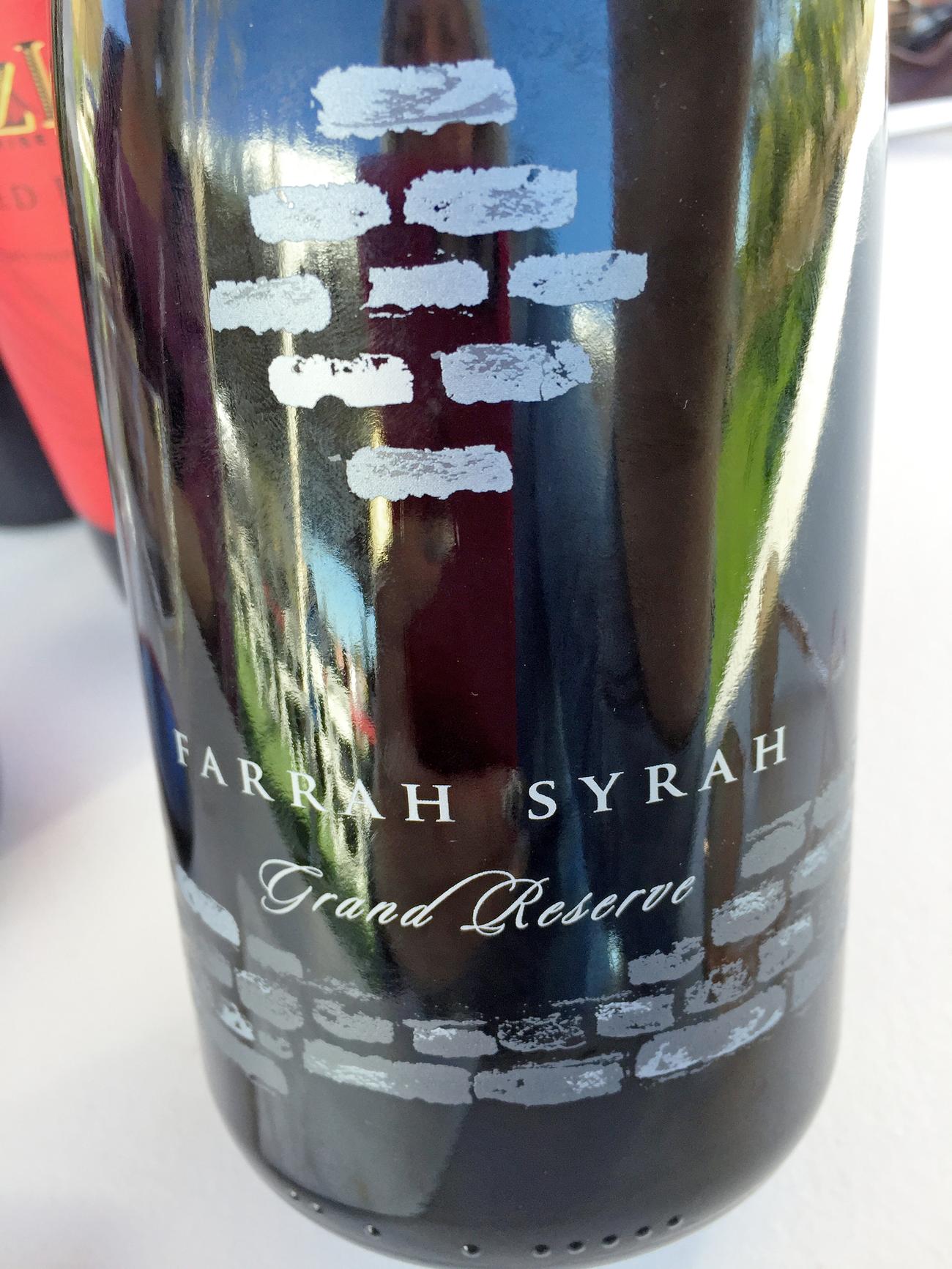

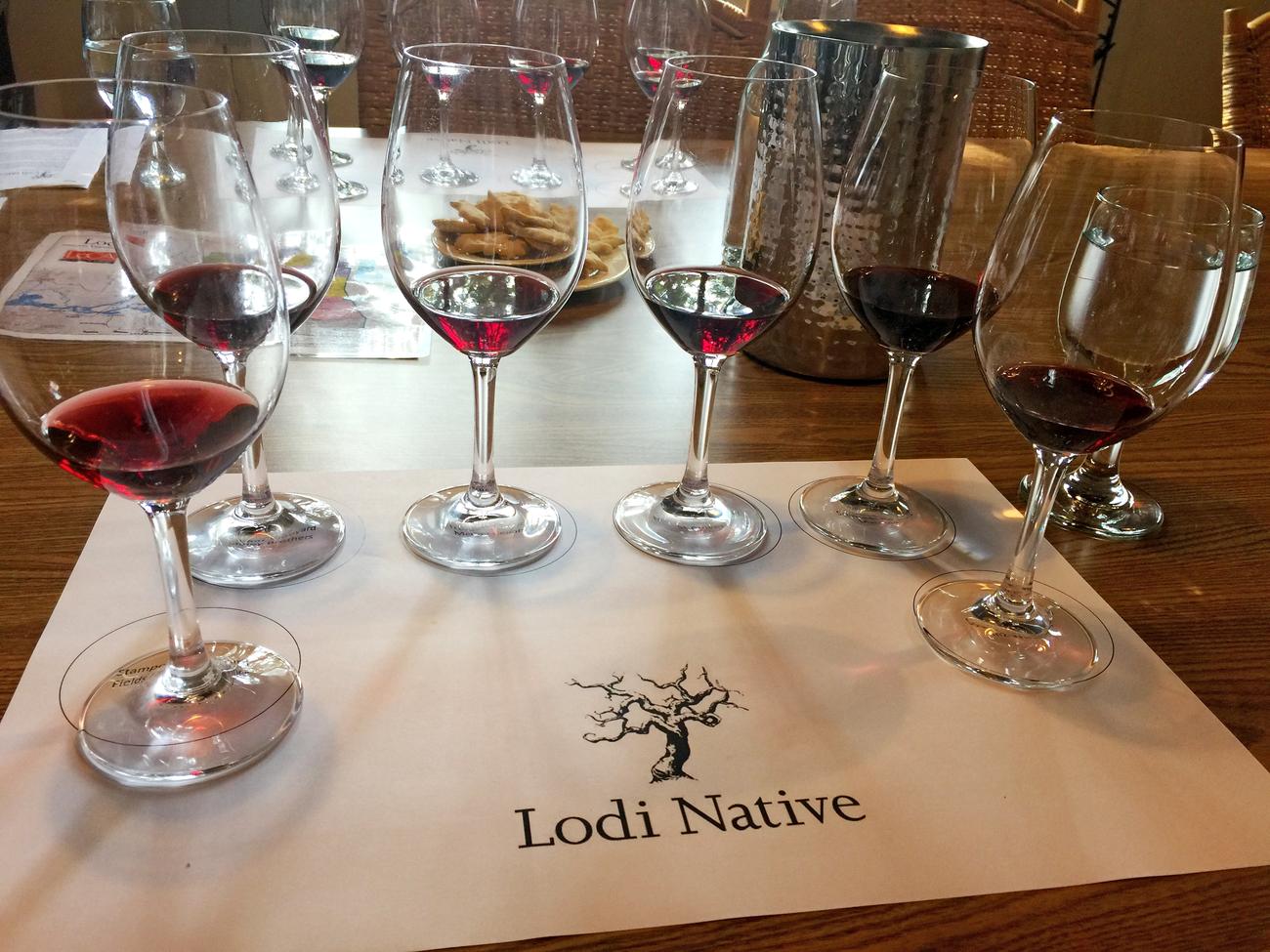
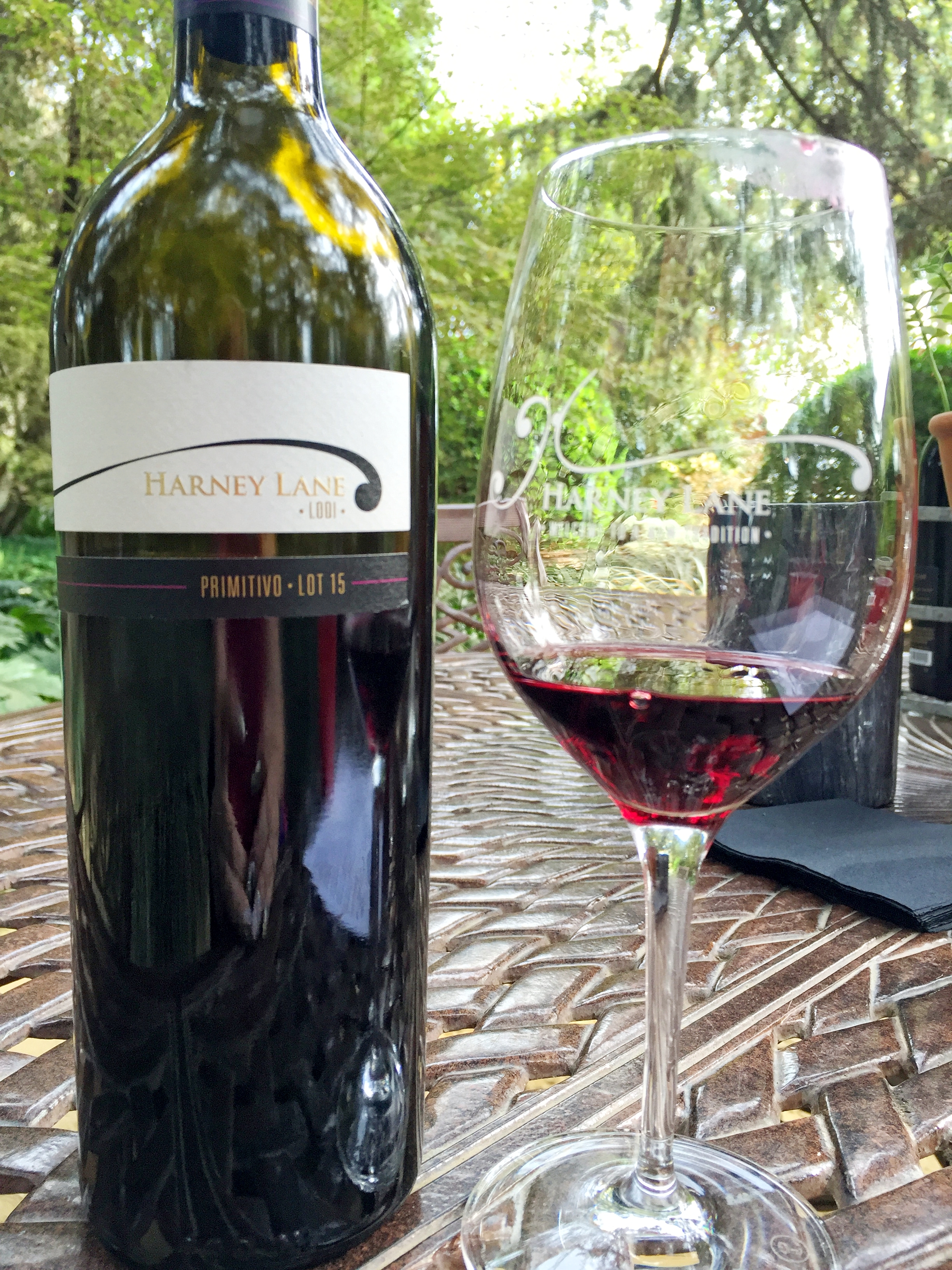

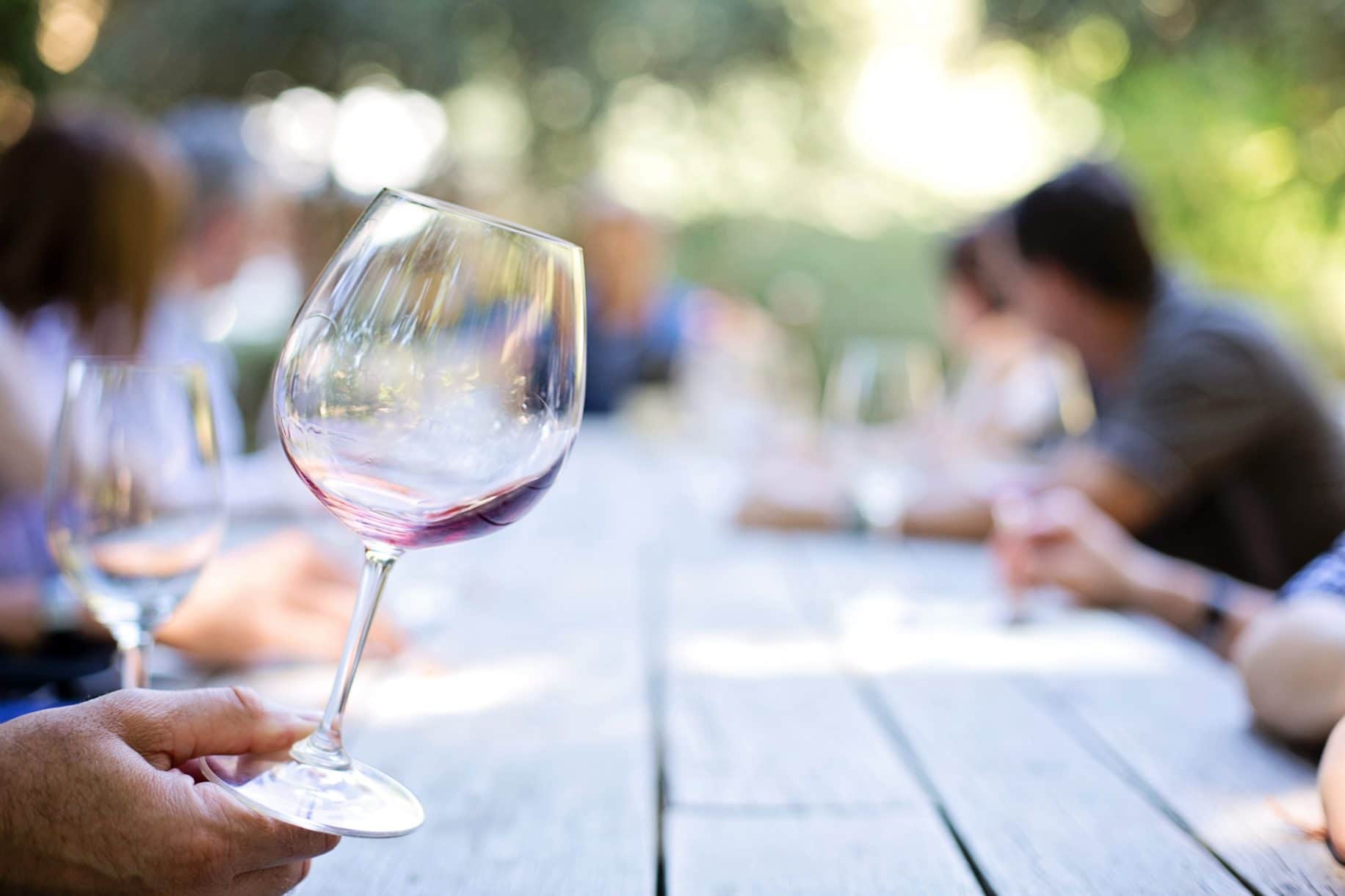

You must be logged in to post a comment.